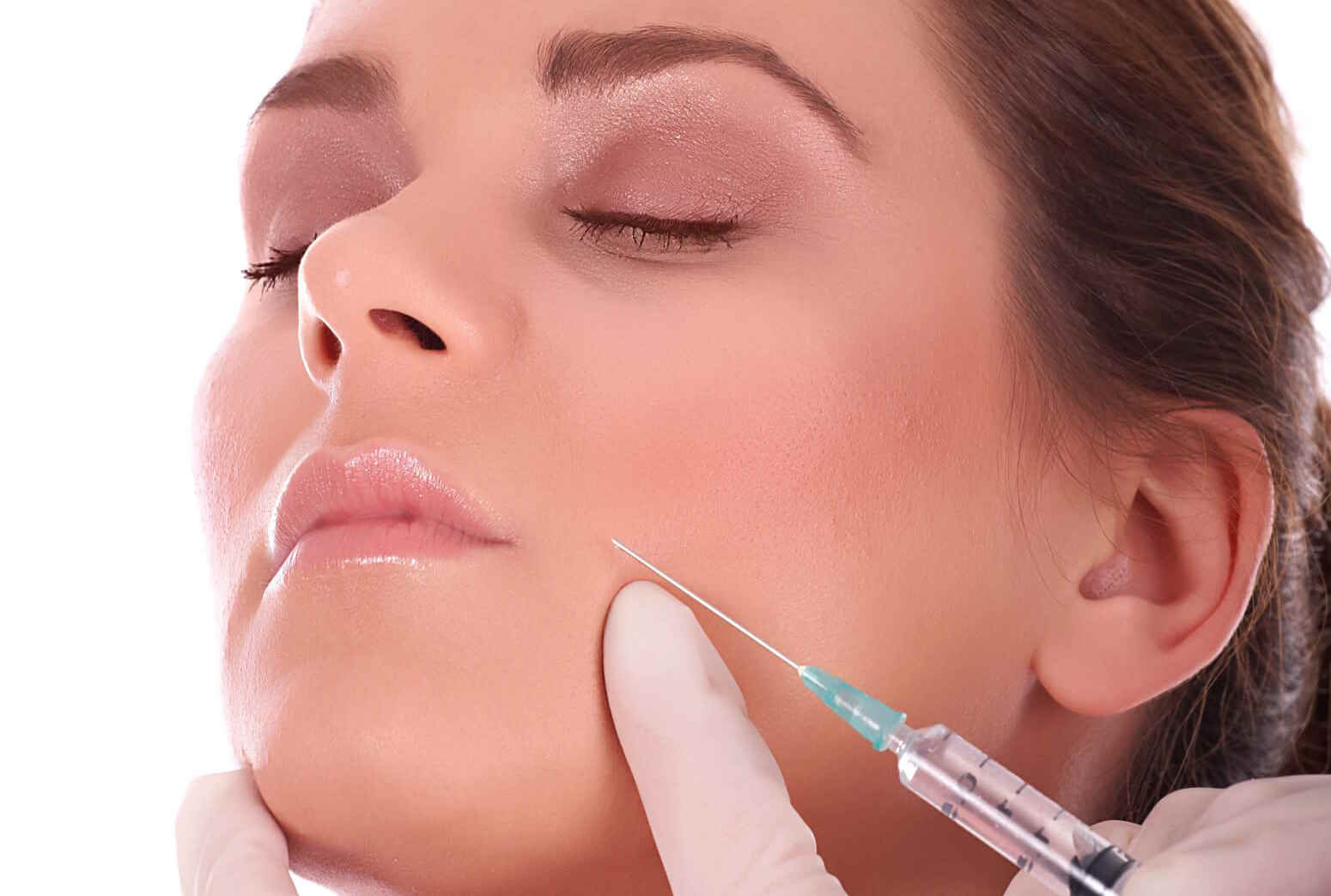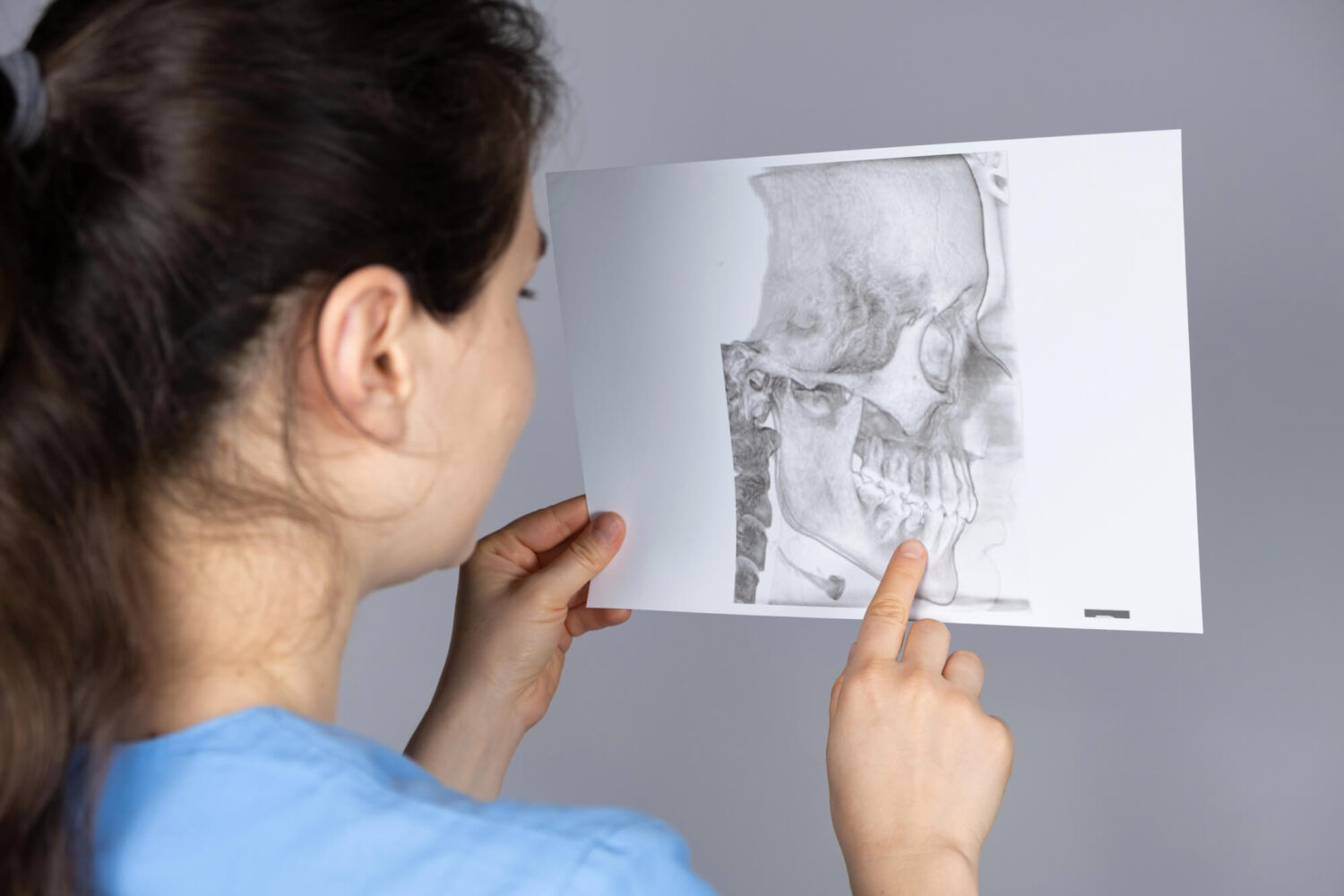The temporomandibular joint (TMJ) is one of our bodies’ most complex and important joints. It allows us to eat, speak, and smile with ease. For that reason, issues with it can be painful, frustrating, and damaging to our quality of life. While diagnosing and treating TMD is hard, one method that has proven to be effective is Botox® for TMJ in West Palm Beach. Botox® can help relieve the symptoms of temporomandibular joint (TMJ) dysfunction by relaxing the jaw, reducing pain, and enabling you to regain full control of your mouth. Here, we’ll explain in detail the benefits of Botox® for TMD. What Is TMJ Disorder? TMJ disorders are complicated conditions that impact the muscles that control the jaw joint. The temporomandibular joint, or TMJ, is located at the base of the skull and connects the temporal bone to the mandible or lower jaw. The TMJ allows for movement up and down and from side to side, making it possible for us to chew and talk. However, this is also why it’s one of the most complex joints in the body, making severe TMJ disorders difficult to diagnose and treat effectively. Sadly, disorders in this joint are common. In the United States, TMJ disorders affect 12% of the population at any given time. Women are more likely than men to be affected, with nine women out of every one man reporting severe pain and limited jaw movement. Luckily, there are several treatments available that help treat TMJ disorders and reduce their symptoms, and Botox® is one of them. What Causes TMJ Disorder? To understand the benefits of this treatment for patients with TMD, we first need to explain what causes pain in the temporomandibular joint. TMJ disorders are mainly associated with stress and tension in the jaw and overall body. Still, several factors can lead to pain in the jaw joint, such as: It has been mentioned that women are more likely than men to suffer from TMJ disorders. Researchers suspect there could be a hormonal cause of it. How Botox® Helps Treat Temporomandibular Joint (TMJ) Disorders Although botulinum toxin, or “Botox®,” is best known for its cosmetic uses, it also has medicinal uses, such as relieving muscle pain and tension. Botox® treats TMJ disorders by calming the tense jaw muscles that cause bruxism or clenching and grinding, which frequently makes TMJ pain worse. Injecting Botox® directly into the temporalis and masseter muscles reduces excessive contractions, which lessens the strain on the jaw joint. While traditional therapies like mouthguards, physical therapy, and medication can help, Botox® has become a viable and minimally invasive way to manage TMJ disorders effectively. According to a 2012 study, Botox® could dramatically reduce pain and increase mouth movements three months after treatment. This study had just 26 participants; however, additional research revealed that up to 90% of participants who did not respond to conservative treatments saw an improvement in their symptoms. Benefits of Botox® for TMJ Dysfunction A doctor can help a patient relax and lessen symptoms like jaw tensing and grinding by injecting Botox into different jaw muscles, paralyzing the muscles. This may lead to an improvement in the patient’s TMJ-related symptoms, resulting in several benefits, such as: Reduced Discomfort One of the main benefits of Botox® for TMJ disorders is the substantial pain relief it offers. After a few days of treatment, many patients report less neck pain, jaw soreness, and headaches. The effects usually last three to six months and enable people to continue using their jaws normally without experiencing ongoing discomfort. Non-Invasive Procedure Another advantage is that Botox is a quick, non-surgical procedure that typically takes less than 30 minutes and requires little recovery time. In contrast to conventional treatments that might involve long-term therapy or potentially harmful medication, Botox® offers targeted relief without causing systemic problems. Prevents Long-Term Damage Excessive grinding can harm teeth and jaw structures over time—but Botox® can help avoid this. Prolonged tension and clenching can result in tooth wear, fractures, and misalignment. By relaxing your bite, Botox® protects teeth and promotes general oral health by lowering muscle hyperactivity. Downsides of Botox® for TMJ Dysfunction It’s important to note that Botox® is not a cure for TMJ issues—it’s a temporary treatment that wears off over time. The patient must repeat the treatment every few months to keep the effects going. Additionally, you might experience immediate pain from the injection, like a prick or bug bite. To reduce pain, we recommend using a cold pack or numbing cream. What Happens During the Procedure? Botox® is a non-surgical treatment for TMJ disorder. It can be easily done at our dental office, and treatment sessions usually last between 10 and 30 minutes. Over several months, you should anticipate receiving at least three injection sessions. We will administer Botox® injections to your jaw, temples, and forehead. Depending on your symptoms, they might also be injected in other places. The number of Botox injections you require depends on your symptoms and the state of your TMJ. Relief typically takes several days, though some improvement may be noticeable within a day or two of treatment. Aftercare for Botox® for TMJ Disorders You can resume your regular activities as soon as you leave our office, but you should limit strenuous physical activity. Avoid heavy exercise, bending over, or activities that increase blood flow to the face, which may reduce the effectiveness of Botox®. Refrain from massaging or rubbing the injection site, as this could spread the toxin to other muscles. Skip alcohol and blood thinners, like aspirin or ibuprofen, as they can increase bruising at the injection sites. Additionally, drink plenty of water to support muscle function and healing. Enjoy the Benefits of Botox® for TMJ in West Palm Beach Botox® is a cutting-edge treatment that provides relief and an enhanced quality of life for people with TMJ pain. While its results are not permanent, Botox® is an efficient, non-invasive solution treatment that relaxes your temporomandibular joint, allowing you to eat and speak
Understanding TMJ Disorder and How to Treat It
Stress, tension, and negative sleeping habits can seriously affect oral health, resulting in teeth grinding, dental erosion, and TMJ dysfunction or TMD. This condition can cause pain and tenderness in your jaw joints and surrounding muscles, requiring Botox® for TMJ to restore your comfort and prevent further wear and tear. There are various treatments for TMD, from medication to custom mouthguards and jaw surgery. However, Botox® can be a simple but effective method for relaxing your jaw with quick and noticeable effects. Let’s go over why. What Is TMJ Disorder? The temporal bones of your skull, which are located in front of each ear, are connected to your jaw by a hinge called the temporomandibular joint (TMJ). It allows you to yawn, chew, and talk by moving your jaw side to side and up and down. However, being fundamental to these various functions, the TMJ is a hinge used frequently. Therefore, problems with the jaw and facial muscles are common, known as temporomandibular disorders (TMDs). They’re most frequently found among people between 20 and 40. Various factors can lead to issues with the muscles of your jaw or with the parts of the joint itself. What Are the Symptoms of TMJ Disorder? TMD is a tricky condition because it often causes severe pain and discomfort. It can make eating, chewing, and speaking difficult, severely affecting your quality of life. Moreover, the symptoms can be temporary or last many years. Some common symptoms include: Treatments for TMJ Disorders TMJ disorders are often caused by stress and tension in the mouth area, which is why working on relaxation techniques can often help reduce the symptoms. Relaxation techniques like meditation and yoga can help reduce your overall tension. Additionally, your dentist may suggest some exercises to loosen up your jaw. Other practices to incorporate are avoiding using teeth as tools, not resting your chin on your hand, practicing good posture to reduce neck and facial pain, and keeping your teeth slightly apart. However, when TMD cannot be controlled with these practices, more extreme treatments may be suggested, such as: Medications If you clench or grind your teeth, your dentist may recommend a muscle relaxant to ease your jaw or an anti-anxiety drug to reduce stress, which can trigger TMDs. Additionally, they can prescribe NSAIDs to help lessen the pain and swelling brought on by TMD. A Nightguard Mouthguards are plastic mouthpieces covering your upper and lower teeth to keep them from touching and as a cushion. Realigning your teeth improves your bite and mitigates the effects of clenching or grinding. Botox® for TMD Unknown to most, Botox® can help relieve the symptoms of temporomandibular joint (TMJ) dysfunction. Botox® for TMJ dysfunction may relax the jaw, reduce pain, and enable the person to open their mouth fully. Botox® can paralyze some of the muscles in the temporomandibular joint, reducing pain and other symptoms associated with TMD. Understand the Benefits of Botox® for TMJ TMJ disorders can cause jaw pain, headaches, and other symptoms. While there are several treatment options available, it can be challenging to choose the best one for you, and the symptoms will remain incapacitating and painful in the interim. Here at CJ Dental, we want to look for options that will offer you real relief. For that reason, we offer Botox® for patients with TMJ disorders, a proven method that can reduce tension and relieve these painful symptoms immediately. If you’re interested in learning more, reach out!






